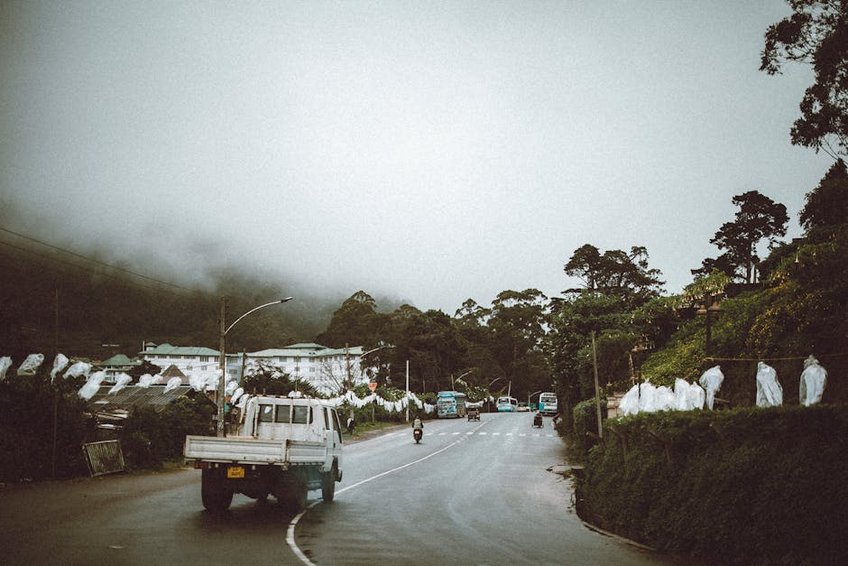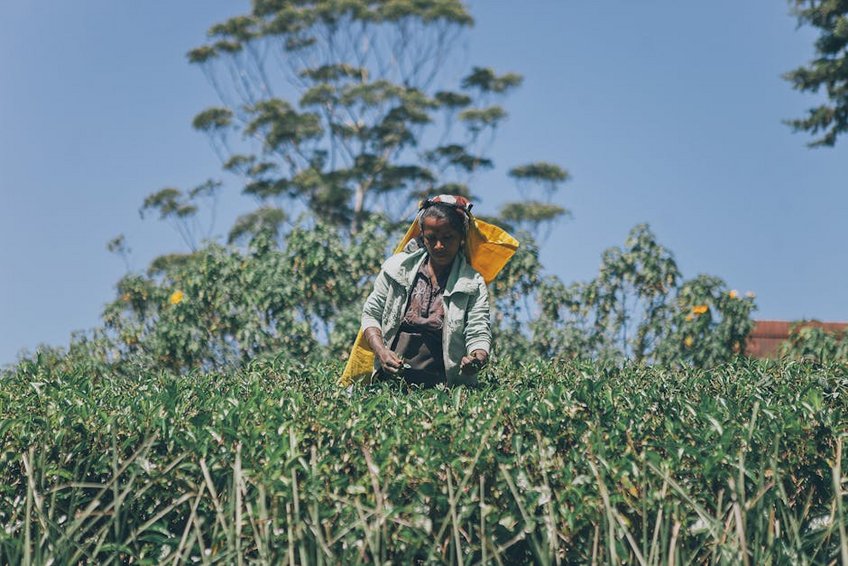Sri Lanka Tea Plantations: A Journey Through Ceylon’s Green Highlands
Sri Lanka tea plantations immerse you in rolling hills where colonial history meets modern tea culture across the island’s central regions. These estates produce world-famous Ceylon tea while offering scenic hikes, factory tours, and authentic tasting sessions. This guide details planning tips, top attractions, and cultural insights for your visit.
Essential Information on Sri Lankan Tea
Sri Lankan tea cultivation began in the 1860s under British rule, transforming highland landscapes into vast terraced fields. The industry now spans seven distinct regions, each with unique flavors influenced by elevation and climate. Understanding this heritage enriches your estate visits with deeper context.
History of Ceylon Tea
Scottish planter James Taylor established the first commercial estate in 1867, shifting from coffee after leaf disease devastated crops. Today, Sri Lanka ranks among the top global tea exporters, with plantations covering over 188,000 hectares. Colonial-era factories and bungalows preserve this historical legacy for visitors.
Types of Ceylon Tea
Ceylon tea varieties include black, green, white, and oolong, each processed differently for distinct flavors. Black tea dominates production, with grades like Orange Pekoe indicating whole leaves and Broken Orange Pekoe for smaller pieces. Green tea offers lighter notes, while white tea provides a delicate, rare tasting experience.
Key Tea Estate Features
Visiting these estates reveals several characteristic elements that define the experience.
- Colonial bungalows provide historic accommodation with verandas overlooking manicured tea fields, often including guided walks.
- Tea factories demonstrate withering, rolling, oxidation, and drying processes that create signature Ceylon flavors.
- Plantation trails allow scenic hikes through green terraces, where you can observe skilled pluckers harvesting leaves.
- Budget option: $30-50 daily covers guesthouses, local buses, and self-guided estate walks with meals at small cafes.
- Mid-range option: $80-150 daily includes boutique hotels, guided factory tours, and rental cars for regional flexibility.
- Luxury option: $200-400 daily provides colonial bungalow stays, private tastings, and chauffeur-driven tours with expert guides.
- Sri Lanka Tourism Development Authority
- Lonely Planet Sri Lanka Guide
Planning Your Sri Lanka Tea Plantations Trip
Organizing your visit requires considering seasonal weather, budget ranges, and activity preferences for optimal enjoyment. The hill country’s climate varies significantly by elevation, affecting tour availability and trail conditions. Advance bookings secure spots at popular factories and accommodations during peak visitation periods.
Best Time to Visit Sri Lanka Tea Plantations
December through March offers the dry season with temperatures of 50-70°F (10-21°C) and minimal rainfall under 100mm monthly. This period provides clear skies for photography and comfortable hiking through estate trails. Avoid May to September monsoons when heavy rains disrupt outdoor activities and transportation.
Budget Planning and Costs
Costs vary based on accommodation style, tour inclusions, and transportation choices.
Essential Preparation Checklist
Pack layered clothing for mountain weather changes, including waterproof jackets and sturdy hiking shoes. Bring reusable water bottles and snacks for remote areas where facilities are limited. Secure comprehensive travel insurance and book tours at least two weeks ahead during high season.

Alt: “sri-lanka-tea-plantations-hill-country-scenery”
Top Attractions and Activities
Sri Lanka’s tea regions boast numerous estates open for tours, each offering unique perspectives on tea production. From guided factory visits to scenic train journeys, you can immerse yourself in Ceylon’s tea culture. Many plantations provide homestays for deeper connections with local communities.
Must-See Tea Estates
Mackwoods Labookellie Estate in Nuwara Eliya features free tours and tastings amid picturesque landscapes, ideal for first-time visitors. Pedro Estate near Kandy showcases historic processing machinery and beautiful gardens with guided explanations. Halpewatte Tea Factory offers interactive exhibits and sampling sessions perfect for families.
Hidden Gems and Local Favorites
New Vithanakande Estate in Sabaragamuwa Province provides intimate tours without crowds, focusing on artisanal methods. Small farms in Haputale area share personal stories and traditional brewing techniques with visitors. Time your trip for local festivals like Kandy Esala Perahera to see tea culture integrated into celebrations.
Tea Tasting and Factory Tours
Participate in tasting sessions to distinguish between floral high-grown and robust low-grown teas, often included in tour fees. Factory tours explain oxidation and drying stages, detailing how leaf grade affects flavor profiles. Book combined packages with plantation walks and lunch for comprehensive experiences.
Practical Travel Information
Navigating Sri Lanka’s tea regions involves various transport options, from scenic trains to private drivers. Accommodation ranges from basic homestays to luxury bungalows, all set against stunning mountain backdrops. Planning ensures smooth transitions between destinations in this mountainous terrain.
| Category | Options/Features | Price Range (USD) |
|---|---|---|
| Accommodation | Guesthouses with breakfast, colonial bungalows with tea service | $30-200 per night |
| Transportation | Trains, buses, rental cars with driver | $5-50 per day |
| Tours | Guided factory visits, plantation walks, tasting sessions | $10-100 per person |
| Food | Local restaurants, hotel dining, street food | $5-30 per day |


